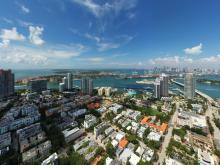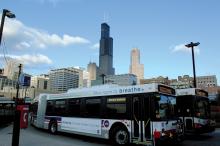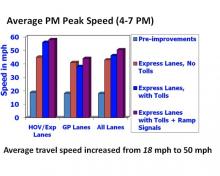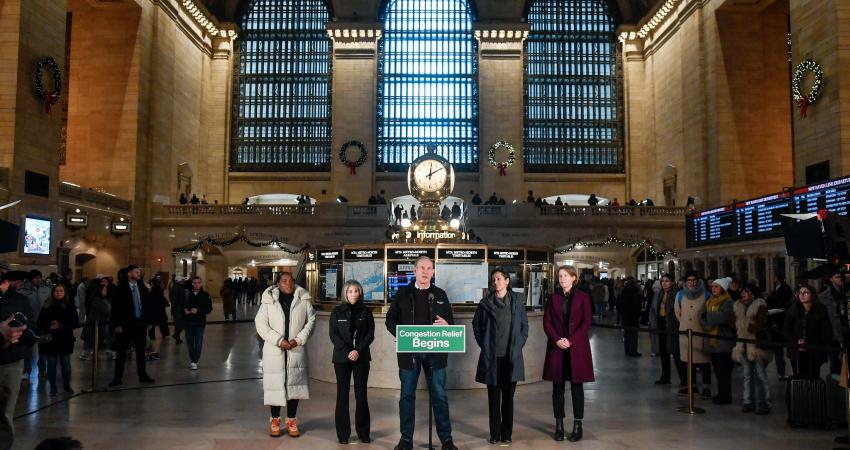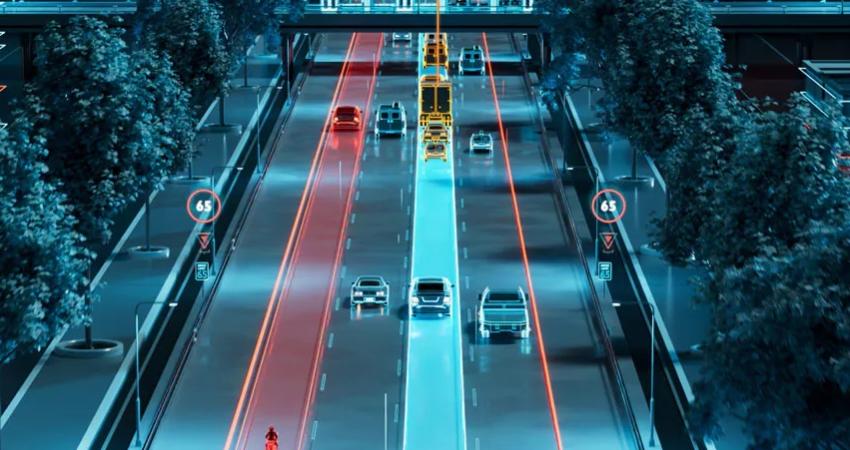Florida’s Miami-Dade Transit has installed liquid crystal display screens at several Metrorail stations to provide commuters with up to date travel information. The LCD screens are the latest technological improvement on the Metrorail system, and display arrival and departure times for the next three trains, and show which trains serve the Green Line (Palmetto to Dadeland South), and which belong to the Orange Line (Dadeland South to Miami International Airport). The monitors have been installed in ten and
Florida’s Miami-Dade Transit has installed liquid crystal display screens at several Metrorail stations to provide commuters with up to date travel information.
The LCD screens are the latest technological improvement on the Metrorail system, and display arrival and departure times for the next three trains, and show which trains serve the Green Line (Palmetto to Dadeland South), and which belong to the Orange Line (Dadeland South to Miami International Airport). The monitors have been installed in ten and will eventually be installed in all twenty-three Metrorail stations.
Karla Damian, the Miami-Dade Transit spokeswoman said the LCD monitors eventually will be installed in all 23 Metrorail stations. "This is yet another tool that we're trying to use to keep our riders informed," she said.
The US$5.66 million project is funded by the federal government, the4503 Florida Department of Transportation, MDT and the county's sales tax for transportation projects.
The LCD screens are the latest technological improvement on the Metrorail system, and display arrival and departure times for the next three trains, and show which trains serve the Green Line (Palmetto to Dadeland South), and which belong to the Orange Line (Dadeland South to Miami International Airport). The monitors have been installed in ten and will eventually be installed in all twenty-three Metrorail stations.
Karla Damian, the Miami-Dade Transit spokeswoman said the LCD monitors eventually will be installed in all 23 Metrorail stations. "This is yet another tool that we're trying to use to keep our riders informed," she said.
The US$5.66 million project is funded by the federal government, the



